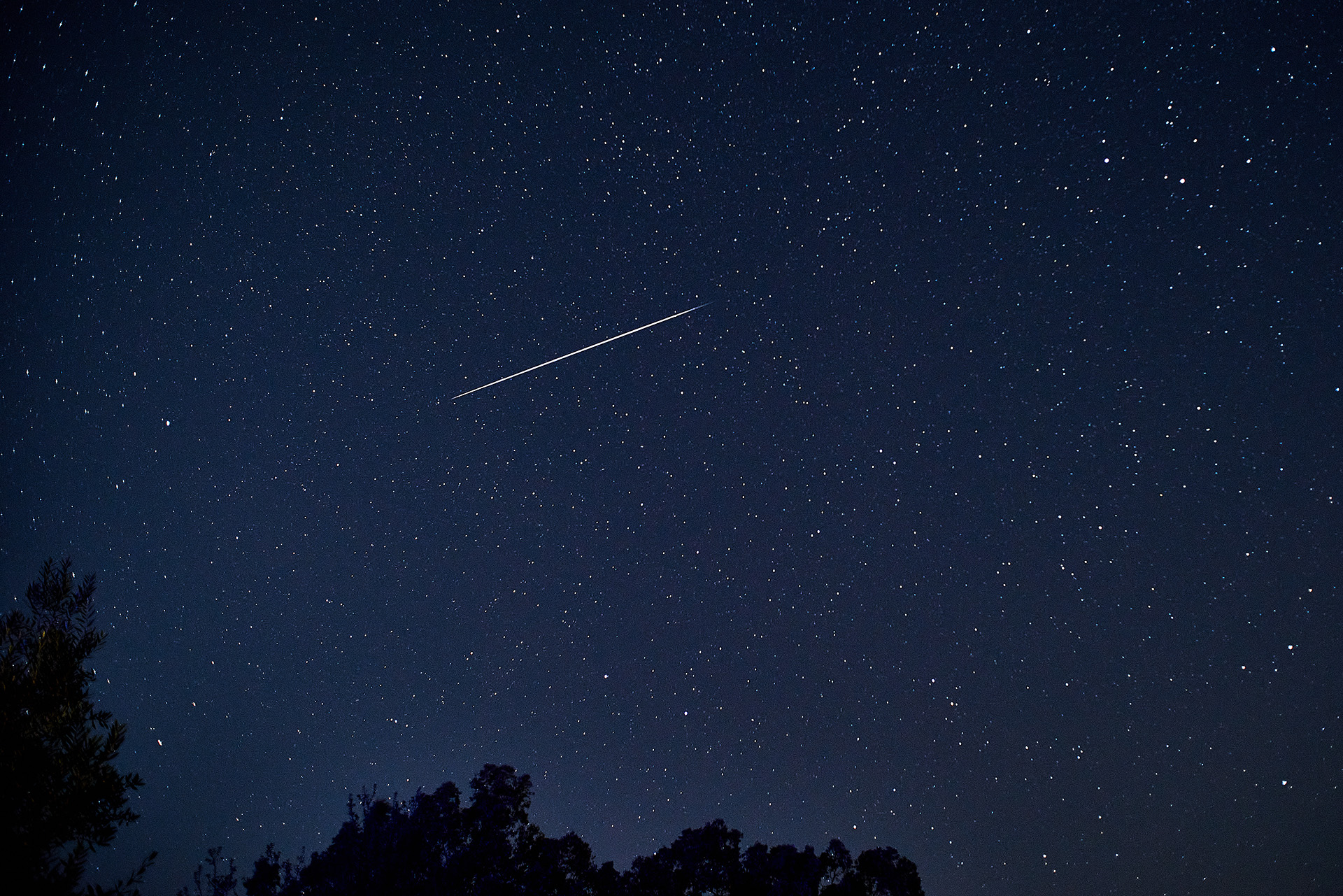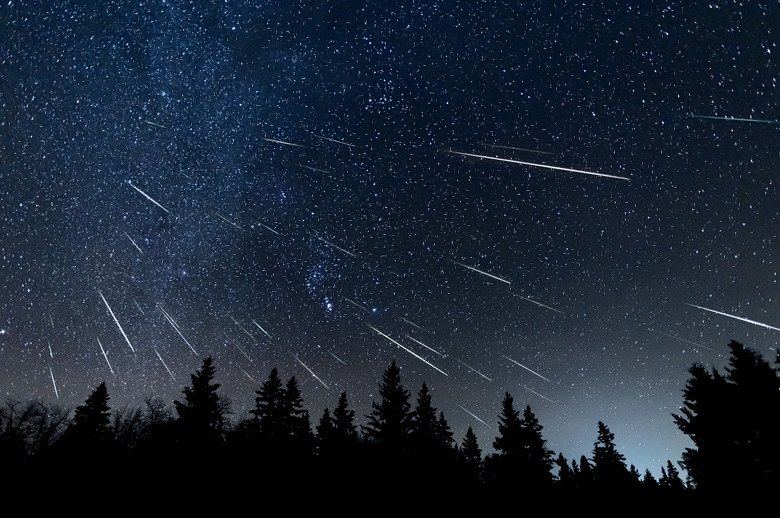The Biggest Meteor Shower Of The Year Peaks This Week
Skywatchers have quite the show to look forward to this week, as the biggest meteor shower of the year—the Geminids—is set to peak. Under dark conditions, experts expect skywatchers to be able to see up to 120 meteors per hour, though a full moon could interfere with any attempts to hunt for shooting stars.
The Geminid meteor shower—caused by debris from the asteroid 3200 Phaethon—is one of the most magnificent meteor showers to grace our skies. And, because it comes so late into the year, it is one of the last big cosmic events that we get to experience as skywatchers.
The biggest meteor shower of the year is expected to peak overnight on December 13 and 14. While the full moon will likely wash out some of the fainter meteors, the Geminids are known for their larger and brighter, more intensely colored meteors. As such, skywatchers with clear skies will likely still be able to get a nice view of the shower if they're able to get out of the city and away from any bright light pollution.

The American Meteor Society says that the Geminids appear to originate from the constellation Gemini, and because it will be well placed from 10:00 PM onward, you can expect to see these meteors picking up even before midnight—making it one of the best for skywatchers who don't like to stay up too late.
Of course, because of the brightness of the full moon, you'll likely want to stand with your back to the moon to get the most out of the biggest meteor shower of the year. Make sure you face the darkest part of the sky, too, as that will give you the highest chance of spotting some of the Geminid meteors as they streak across the sky.
You won't need to worry about a telescope or binoculars for this event, either, as meteors are much easier to see than the once-in-a-lifetime comet that passed Earth earlier this year. Even if you miss the peak, though, the Geminids will be active until around December 24, so you'll still have a chance to head outside and see some shooting stars even after the full moon passes.
